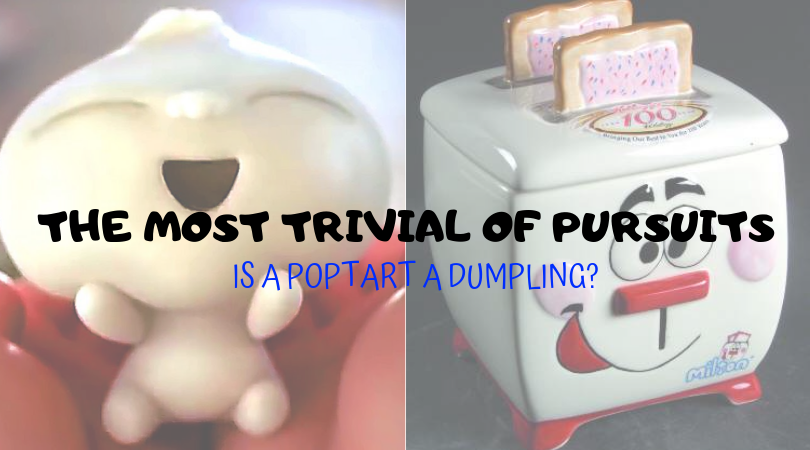Each week The Forest Scout will take on one of the dumbest debates in pop culture. You’ll likely be dumber for reading. You’re welcome.
It’s Not a Sandwich: Katie Pierce
To say that a hot dog is a sandwich is to disregard a multitude of unofficial food rules that have been generally accepted as correct in our culture. A sandwich is made up of items between two pieces of bread. A hot dog bun is one piece of bread. To argue that it is two is to eliminate the convenience of the hot dog itself: what good is a hot dog with a hole in the bottom? A sandwich is eaten with two hands; hot dogs are conveniently considered a type of “finger food,” and they can be eaten with one hand while holding a drink or other food in the other. As you can see, I am by no means diminishing the value of a hot dog, I am only separating it from a category in which it does not belong. If this is not enough evidence that a hot dog is most definitely not a sandwich, consider the taco. One carbohydrate vehicle, in one piece, with the contents inside of the vehicle. A hot dog, in essence, is much like a taco. A taco is universally accepted not to be a sandwich. Therefore, is the hot dog a sandwich? No. In essence, it is a type of taco.
It’s a Sandwich: Casey Murray
The year is 1762. Somewhere on the isle of Great Britain, the fourth Earl of Sandwich is hankering for something different. Bread alone will not satisfy him; it is too bland. Meat alone won’t work either, for the noble Earl wants something that he can eat with his hands.
The Earl chances upon a brilliant solution. He orders his servants to bring him meat held between two slices of bread, sandwiched as it were. The sandwich, humanity’s finest culinary work since sliced bread, is born.
All the sandwiches invented since then have sought to make a delicious and easily portable meal of meat or some other filling and bread. They varied in their methods, but all had the same goal – as did the hot dog.
The argument against hot dog sandwich-hood revolves around the fact that the hot dog has a different structure. To explain the silliness of this, let’s look at Norway. To say that Norway is not a Western democracy because it is in the Eastern Hemisphere would be accurate, but pedantic. Norway seeks to uphold the same high ideals as the countries that are indisputably Western democracies and can therefore be considered a Western democracy. The same is true of the hot dog. It follows different methods, but in pursuit of the same high ideals shared by all sandwiches — deliciousness, bread, and portability — and can therefore be considered a sandwich.
The Middle Path: Senior and President of both Cum Laude and the LFHS Band Robert Hammond.
On the sixth of November, 2015, the National Hot Dog and Sausage Council (NHDSC) officially announced the hot dog is not a sandwich. The Council’s verdict: “a hot dog is an exclamation of joy, a food, a verb describing one ‘showing off’ and even an emoji. It is truly a category unto its own.”
The implications of whether or not a hot dog is its own category go further than one might think. The NHDSC did not base their decision on any historical fact or visual differences, they made their decision for the good of the hot dog as a separate entity. Let’s say we were comparing a hot dog to a meatball sub: the structural components are nearly identical, the only difference being the type and shape of meat. However, a hot dog is a hot dog because nobody eats a meatball sub at a baseball game, nobody makes meatball subs at a barbeque, and you won’t find nearly as many meatball sub vendors on the streets of Chicago as you will hot dog stands.
On the other hand, Merriam-Webster argues by definition, a hot dog constitutes “two or more slices of bread or a split roll with a filling in between,” which is the definition of a sandwich.
Just because some official council said something doesn’t mean that the other side doesn’t exist. Did you know there is an official pronunciation for GIF? The important question here is, so what?
The question reminded me of an episode of Silicon Valley, where a program is made that identifies food as “Hotdog” and “Not hotdog.” If the same algorithm were made to identify sandwiches, what would it think of a hot dog when it first saw one? Chances are, it would say it is a sandwich. Clearly the hot dog vs. sandwich question is more complex than meets the eye.











